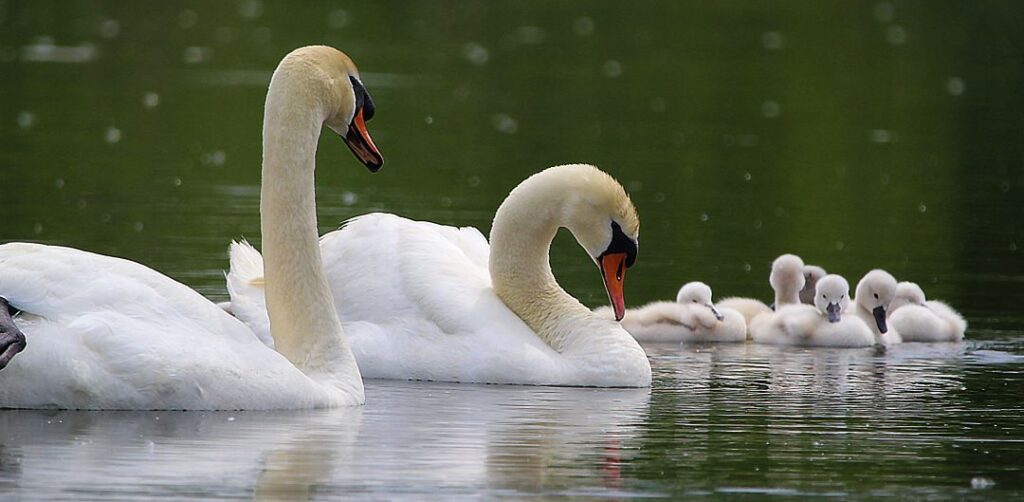Photo credit: Leslie O’Rourke
In October 2024 Birds Canada and Environment and Climate Change Canada released a major new report entitled The State of Canada’s Birds. The report is a comprehensive look at birds both in categories (waterfowl, forest birds, shorebirds, long distance migrants, and others) and by species. It includes distribution maps and population data and trends from 1970 to 2021.
Encouraging findings include that waterfowl have increased by 46% and wetland birds by 21%. Many of these species were close to extinction in the early 20th century so these numbers represent significant recoveries.
Here are some of the highlights with respect to Canada’s three swan species:
|
Species |
Distribution |
Population Estimate at 2021 |
Average Annual Rate of Growth 1970-2021 |
Status |
|
Mute Swan |
Southern BC and Lower Great Lakes |
5,500 |
5.38% |
*IUCN: Least concern |
|
Trumpeter Swan |
Pacific Coast, Rocky Mountains, Interior |
45,000 |
6.49% |
Population within goal range IUCN: Least concern **Wild Species: Population secure |
|
Tundra Swan |
Pacific and Atlantic Coasts and migrate through Canada |
180,000 live and breed in Canada; 30,000 breed in Alaska and migrate through Canada |
.74% |
Population within goal range IUCN: Least concern Wild Species: Population secure |
*IUCN is the International Union for Conservation of Nature
**Wild Species reports are compiled by representatives from all provincial and territorial governments and the federal government to assess the current status of species in Canada, and flag species that are most at risk.
Birds of prey also increased (35%) but many other categories of birds have seen declines over the five decades covered in the report. These include Arctic birds (down 28%), shorebirds (down 42%), and grassland birds (down a staggering 67%).
While those findings are disheartening, the stability and growth of swan species, especially Trumpeters, gives swan lovers a reason to celebrate.
To view the full dynamic report visit: https://www.birdscanada.org/introducing-the-state-of-canadas-birds and https://naturecounts.ca/nc/socb-epoc/main.jsp

